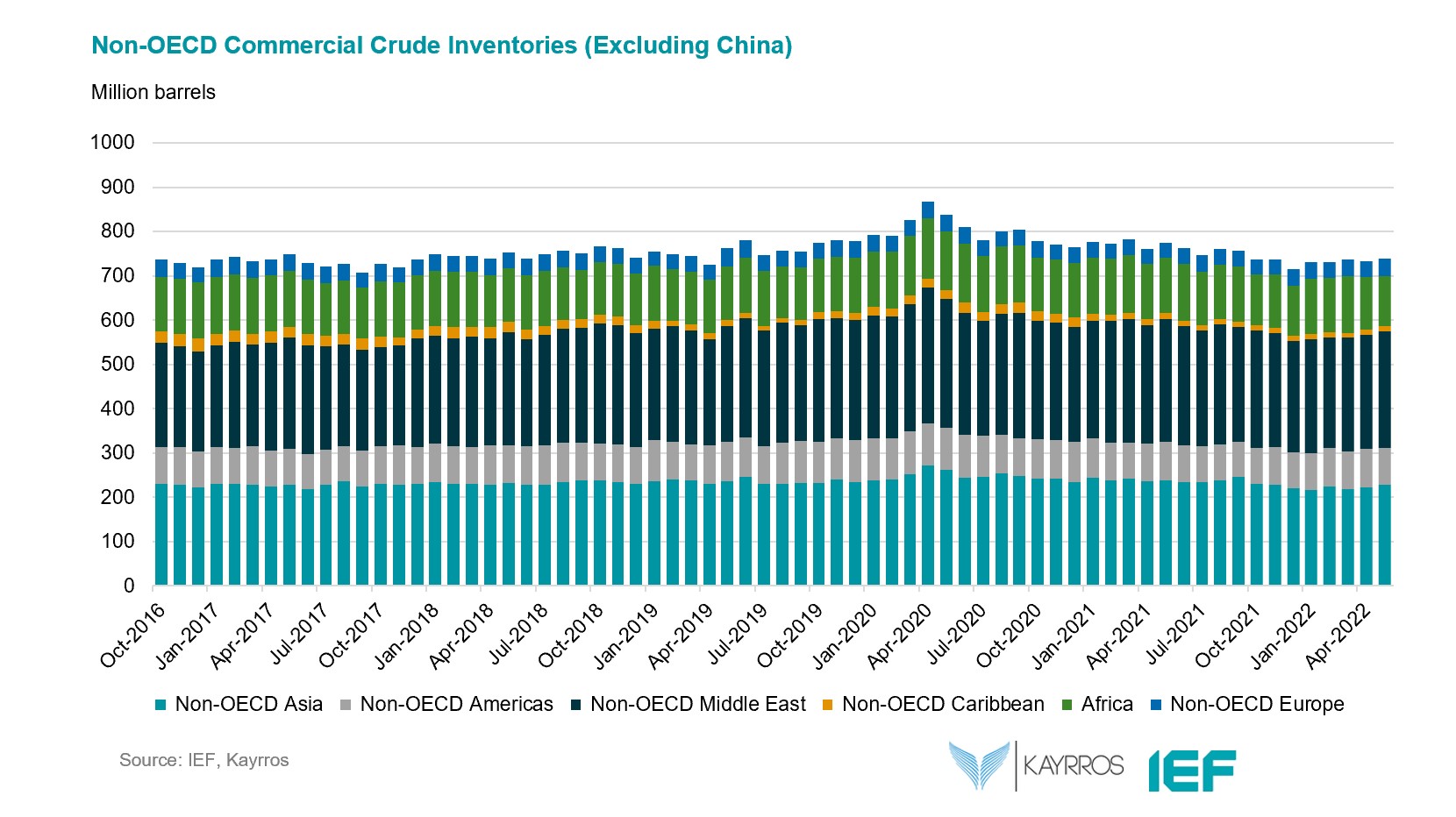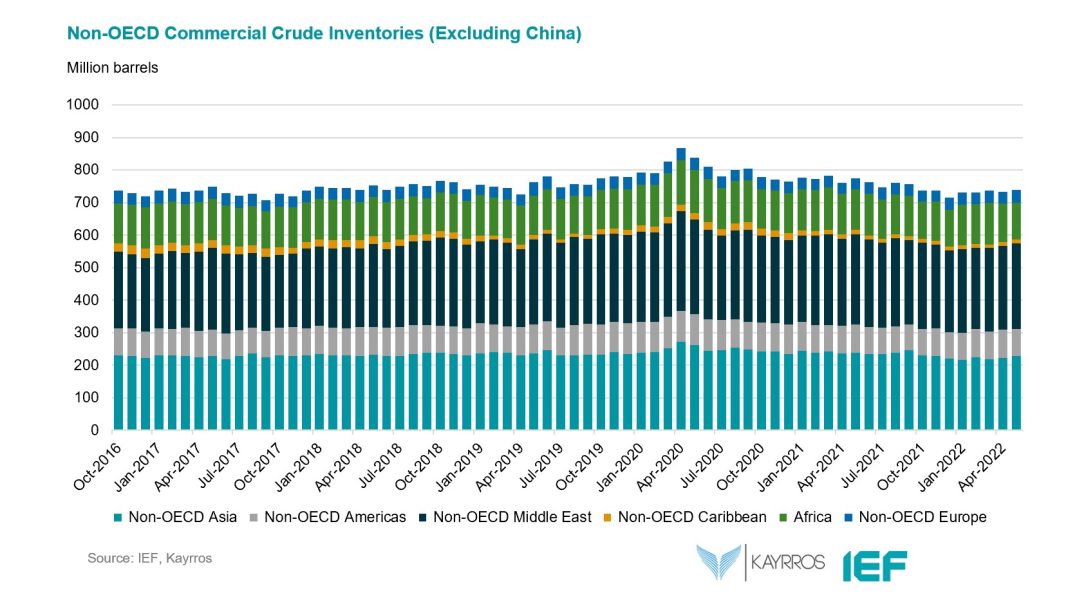 Oil Prices Decline as Crude and Gasoline Inventories Rise
Oil Prices Decline as Crude and Gasoline Inventories Rise
As the week drew to a close, oil prices experienced a slight decline. Benchmark U.S. crude oil for July delivery fell by a mere 2 cents to $75.53 per barrel, while Brent crude for August delivery dropped 25 cents to $79.62 per barrel. This decrease in oil prices can be attributed to rising crude and gasoline inventories.
The recent increase in crude inventories has put downward pressure on oil prices. According to the U.S. Energy Information Administration, crude oil inventories rose by 1.2 million barrels in the week ending June 4th, surpassing analysts’ expectations. This surge in supply indicates a potential oversupply in the market, leading to a decrease in prices.
Furthermore, gasoline inventories also saw a significant increase, contributing to the decline in oil prices. Wholesale gasoline for July delivery fell by 2 cents to $2.38 a gallon, reflecting ample supply levels.
On the other hand, natural gas prices experienced an upward trend, rising by 10 cents to $2.92 per 1,000 cubic feet. This increase can be attributed to higher demand for natural gas as summer temperatures rise and more households rely on air conditioning.
In the precious metals market, gold prices took a substantial hit, falling by $65.90 to $2,325 per ounce. The decline in gold can be attributed to a stronger U.S. dollar and increasing investor confidence in the global economic recovery. As the dollar strengthens, it becomes more expensive for foreign investors to purchase gold, leading to a decrease in demand and subsequently lowering prices.
Silver prices also suffered a decline, with silver for July delivery falling by $1.93 to $29.44 per ounce. Similar to gold, silver is influenced by fluctuations in the U.S. dollar and overall market sentiment.
In the base metals market, copper prices dropped by 20 cents to $4.48 per pound. This decline can be attributed to concerns about slowing economic growth and potential supply disruptions due to labor strikes in Chile, the world’s largest copper producer.
As for currency exchange rates, the dollar strengthened against the yen, rising to 156.65 yen from 155.69 Japanese yen. Conversely, the euro weakened, falling to $1.0804 from $1.0892. These currency movements reflect the relative strength of the U.S. economy compared to other major economies.
In conclusion, oil prices experienced a slight decline due to increasing crude and gasoline inventories. The rise in natural gas prices can be attributed to seasonal demand, while precious metals and base metals witnessed declines influenced by factors such as the U.S. dollar and market sentiment. It is important for investors to stay informed about these market trends and factors that can impact commodity prices.


